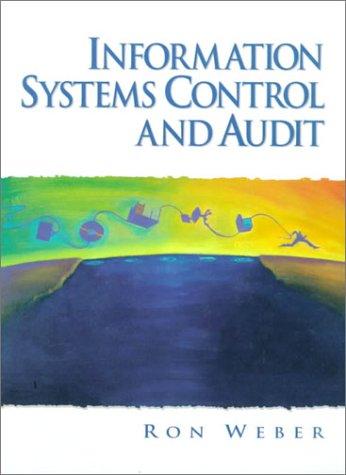Question
1. Compute the cost of goods available for sale and the number of units available for sale. 2. Compute the number of units in ending

1. Compute the cost of goods available for sale and the number of units available for sale.
2. Compute the number of units in ending inventory.
3. Compute the cost assigned to ending inventory using (a) FIFO, (b) LIFO, (c) weighted average, and (d) specific identification. For specific identification, the March 9 sale consisted of 110 units from beginning inventory and 240 units from the March 5 purchase; the March 29 sale consisted of 90 units from the March 18 purchase and 130 units from the March 25 purchase.
4. Compute gross profit earned by the company for each of the four costing methods. For specific identification, the March 9 sale consisted of 110 units from beginning inventory and 240 units from the March 5 purchase; the March 29 sale consisted of 90 units from the March 18 purchase and 130 units from the March 25 purchase.
Required information Problem 6-1A Perpetual: Alternative cost flows LO P1 [The following information applies to the questions displayed below.] Warnerwoods Company uses a perpetual inventory system. It entered into the following purchases and sales transactions for March. Units Sold at Retail Units Acquired at Cost 190 units @ $52.80 per unit 270 units @ $57.80 per unit 350 units @ $87.80 per unit Date Activities Mar. 1 Beginning inventory Mar. 5 Purchase Mar. 9 Sales Mar. 18 Purchase Mar. 25 Purchase Mar. 29 Sales Totals 130 units @ $62.80 per unit 240 units @ $64.80 per unit 220 units @ $97.80 per unit 570 units 830 unitsStep by Step Solution
There are 3 Steps involved in it
Step: 1

Get Instant Access to Expert-Tailored Solutions
See step-by-step solutions with expert insights and AI powered tools for academic success
Step: 2

Step: 3

Ace Your Homework with AI
Get the answers you need in no time with our AI-driven, step-by-step assistance
Get Started


